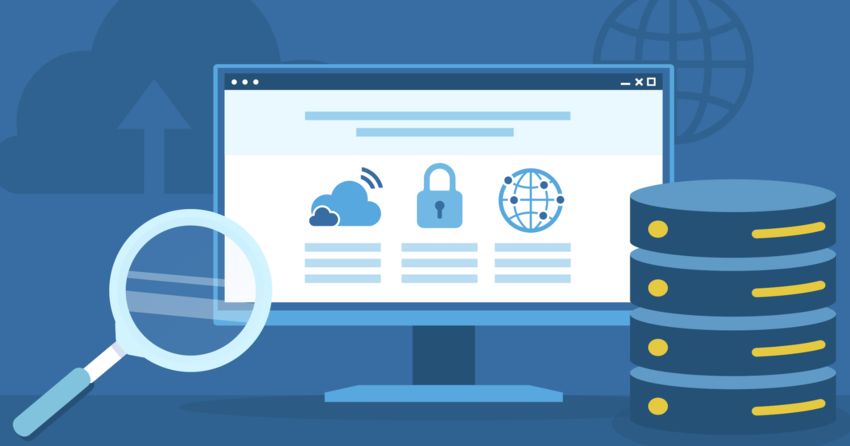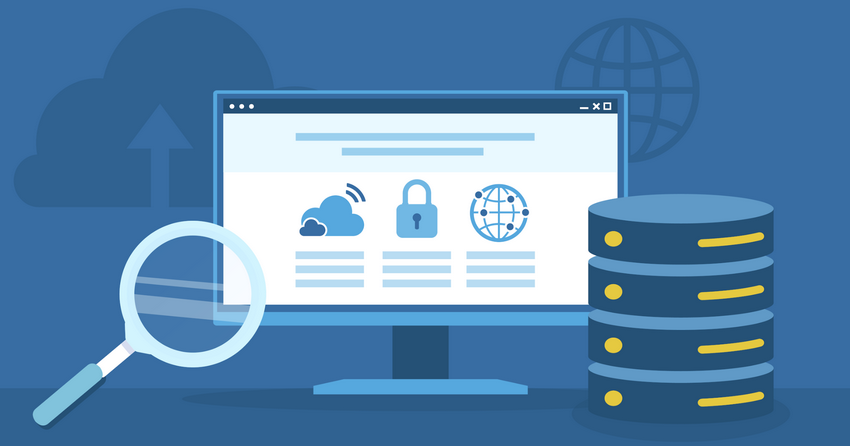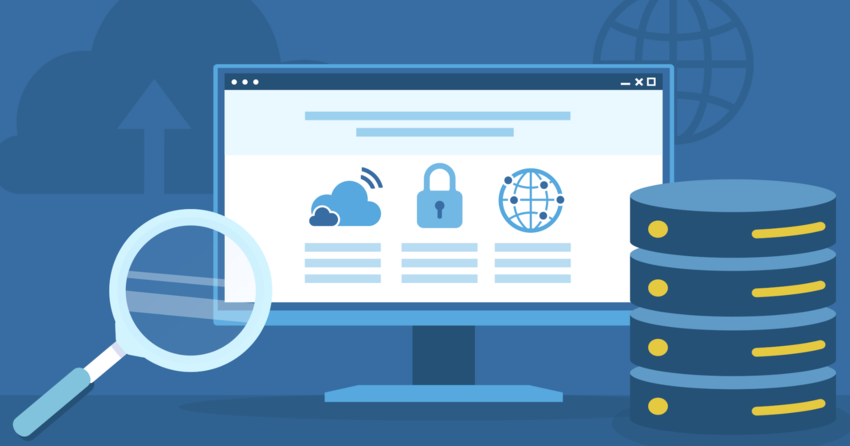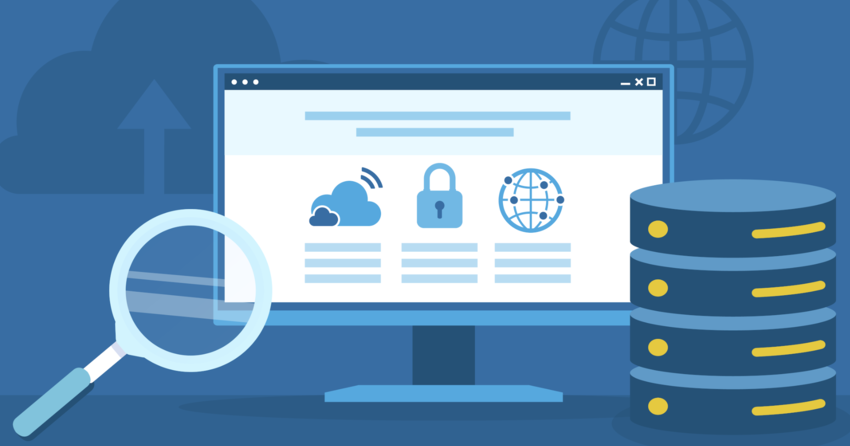Inside this Article
Definition of Caching
Caching, fundamentally, is the process of storing copies of data in a temporary storage location, or cache, so they can be accessed more quickly. It’s like keeping frequently used tools in a toolbox close at hand instead of fetching them from a distant shed every time. Data stored in a cache might be the result of an earlier computation, a copy of data stored elsewhere, or even instructions that your computer uses frequently. Caches can be implemented in hardware or software, and they are used extensively throughout computing, from CPUs and web browsers to content delivery networks (CDNs) and databases. Caching is effective because it takes advantage of the principle of locality, which states that the same data is likely to be requested again soon after it’s first accessed. By storing this frequently accessed data closer to the requesting application or user, caching reduces latency, improves throughput, and decreases the load on the underlying data source.How Does Caching Work?
Caching works by creating a temporary storage space where frequently accessed data is kept for quick retrieval; it’s a clever way of optimizing performance by reducing the need to repeatedly access slower storage or remote servers. To get a clearer picture, let’s walk through the typical caching process. First, an application or system needs to access some data. The application consults the cache first to see if the data is already there. If it is, that’s called a “cache hit,” and the application retrieves the data directly from the cache, which is much faster than accessing the original source. However, if the data isn’t in the cache, it’s a “cache miss.” Therefore, the application has to retrieve the data from its original source, such as a hard drive, database, or remote server. When the data is retrieved, it’s also copied into the cache so that subsequent requests for the same data can be served directly from the cache, improving performance. Because caches are limited in size, they can’t store everything indefinitely. A replacement policy, like Least Recently Used (LRU) or Least Frequently Used (LFU), determines which data to evict from the cache when it’s full. LRU removes the data that hasn’t been accessed for the longest time, while LFU removes the data that has been accessed the fewest times. Caching systems often implement mechanisms to ensure data consistency. If the original data changes, the corresponding data in the cache needs to be updated or invalidated to prevent serving stale data. Caching is an efficient way to improve performance by storing and retrieving frequently accessed data from a temporary storage location. Caching’s effectiveness depends on factors like cache size, replacement policy, and data consistency mechanisms.Browser Caching
Browser caching involves storing web content on a user’s local device to speed up page loading times; in effect, it is a technique that browsers use to reduce the amount of data that needs to be downloaded from web servers each time a user visits a website. Understanding browser caching can improve user experience and optimize website performance. When you visit a website for the first time, your browser downloads various resources, such as HTML files, CSS stylesheets, JavaScript files, images, and other multimedia content. As a result, instead of re-downloading these resources every time you revisit the site, the browser stores them in its cache, which is a temporary storage location on your hard drive or SSD. Consider what happens when you return to the same website later. In this case, the browser first checks its cache to see if the required resources are already stored there. When the resources are found in the cache, the browser loads them directly from the local storage, avoiding the need to fetch them from the web server again. This process significantly reduces page load times, especially for websites with lots of static content. Since browsers cache content, it also reduces the amount of bandwidth consumed by both the user and the web server, leading to cost savings and improved network efficiency. However, browser caches are not unlimited in size. As the cache fills up, the browser needs to decide which resources to keep and which to discard. Usually, browsers use algorithms like Least Recently Used (LRU) or Least Frequently Used (LFU) to determine which resources to evict from the cache. Web developers can control how browsers cache their content by setting HTTP headers in the server’s responses. These headers tell the browser how long to cache the resources, whether to revalidate them with the server, and other caching-related instructions.CDN Caching
CDN caching involves storing website content on geographically distributed servers to deliver it faster to users based on their location; this method is key to improving website performance and user experience, especially for global audiences. CDNs are networks of servers strategically placed in multiple locations around the world. Those servers store copies of website content, including images, videos, CSS, JavaScript, and HTML files. When a user accesses a website served by a CDN, the request is automatically routed to the CDN server closest to the user’s geographic location. Content is delivered to the user from the nearest server, minimizing latency and reducing load times. The CDN servers act as caches, storing copies of the website’s content. First time a user requests content, the CDN fetches it from the origin server and stores it in its cache. Since the cached content can be served directly to subsequent users, this reduces the load on the origin server and improves performance. CDNs employ various techniques to optimize content delivery, such as compression, minification, and caching of dynamic content. These techniques ensure that content is delivered efficiently and quickly to users, regardless of their location. There are several key benefits for using CDN caching. In addition to reducing latency and improving website loading times, CDNs also help to reduce bandwidth costs for website owners. Using CDNs offload traffic from the origin server and this can improve the overall reliability and availability of the website. CDNs often provide additional security features, such as DDoS protection and SSL encryption, shielding websites from attacks. CDN caching is an effective way to improve website performance, reduce bandwidth costs, and enhance security. You can ensure that your website is fast, reliable, and secure for users all over the world by leveraging a CDN.Memory Caching
Memory caching involves allocating a portion of a computer’s RAM to serve as a high-speed cache for frequently accessed data; it is an essential technique for improving application performance and reducing latency. It takes advantage of the fact that RAM is much faster than other storage devices, such as hard drives or SSDs. Memory caches work by storing copies of data in RAM that would otherwise be stored on slower storage devices. For example, a database server might use memory caching to store frequently queried data, reducing the need to read data from disk. When an application needs to access data, it first checks the memory cache to see if the data is already there. If it is, the application can access the data much faster than if it had to retrieve it from the slower storage device. If the data isn’t in the memory cache, the application retrieves the data from the storage device and stores a copy of it in the memory cache. For this reason, memory caches are typically managed using algorithms like Least Recently Used (LRU) or Least Frequently Used (LFU), which determine which data to evict from the cache when it is full. Memory caching can significantly improve application performance by reducing the time it takes to access data. Because it also reduces the load on storage devices, this can improve the overall reliability and lifespan of the system. Memory caching is commonly used in a variety of applications, including databases, web servers, and operating systems. Memory caching is a powerful technique for improving application performance by leveraging the speed of RAM. Applications can benefit from faster data access and reduced latency when they are using memory caching in conjunction with caching algorithms, this leads to a more responsive and efficient computing experience.Cache-Aside Pattern
The Cache-Aside pattern is a caching strategy where the application directly manages the cache, retrieving data from it when available, and fetching from the data source when it’s not; it is a common approach to integrating caching into applications to improve performance and reduce latency. With Cache-Aside, the application manages both reading from and writing to the cache, gaining more control over how the cache is used. Therefore, it can optimize caching behavior for specific use cases. In contrast, the application has to handle cache misses explicitly. In conclusion, the Cache-Aside pattern is an adaptable caching strategy that gives applications direct control over caching behavior. Cache-Aside can efficiently serve data and improve performance for read-heavy workloads, when it is balanced with the additional responsibility of managing the cache.What is a Cache Hit Ratio?
A cache hit ratio measures the effectiveness of a cache by calculating the percentage of data requests that are successfully served from the cache, rather than the underlying data source; it is a critical metric for assessing how well a cache is performing and optimizing its configuration. Cache hits and cache misses are key to understanding the cache hit ratio. A cache hit occurs when the requested data is found in the cache, and it can be served directly from there. A cache miss occurs when the requested data is not found in the cache, and it has to be retrieved from the underlying data source. The cache hit ratio is calculated as the number of cache hits divided by the total number of data requests (both hits and misses), usually expressed as a percentage. For this reason, a high cache hit ratio indicates that the cache is effectively serving most data requests, reducing the load on the underlying data source and improving performance. However, a low cache hit ratio indicates that the cache is not as effective, and many data requests are resulting in cache misses. A high cache hit ratio generally results in lower latency. Therefore, applications can access data faster, and the load on the underlying data source is reduced. Because the cache hit ratio is an important metric for measuring cache performance, the ratio helps identify the inefficiencies and areas for optimization. In order to calculate the cache hit ratio, there are two options:- Monitor cache performance. Monitor the cache’s performance metrics to collect data on the number of cache hits and misses.
- Calculate the ratio. Use the collected data to calculate the cache hit ratio using the formula: Cache Hit Ratio = (Number of Cache Hits / Total Number of Data Requests) * 100%.
How to Clear Your Cache
Clearing your cache involves removing the temporarily stored data on your device or browser to resolve issues, improve performance, and protect your privacy; it’s a routine maintenance task that can help keep your digital life running smoothly. Let’s cover how to do it on different devices and browsers. On web browsers:- Google Chrome: Type chrome://settings/clearBrowserData into the address bar, select the time range, check the “Cached images and files” box, and click “Clear data.”
- Mozilla Firefox: Go to Options > Privacy & Security, find the “Cookies and Site Data” section, click “Clear Data,” check the “Cached Web Content” box, and click “Clear.”
- Microsoft Edge: Type edge://settings/clearBrowserData into the address bar, select the time range, check the “Cached images and files” box, and click “Clear now.”
- Apple Safari: Go to Safari > Preferences > Advanced, check “Show Develop menu in menu bar,” then click “Develop > Empty Caches.”
- Windows: Use the Disk Cleanup tool to clear temporary files, including cached data.
- macOS: Clear the system cache by using terminal commands or third-party utilities.
- Android: Go to Settings > Apps, select the app, tap “Storage,” and then tap “Clear Cache.”
- iOS: Go to Settings > General > iPhone Storage, select the app, and tap “Offload App” or “Delete App” to clear the cache.









